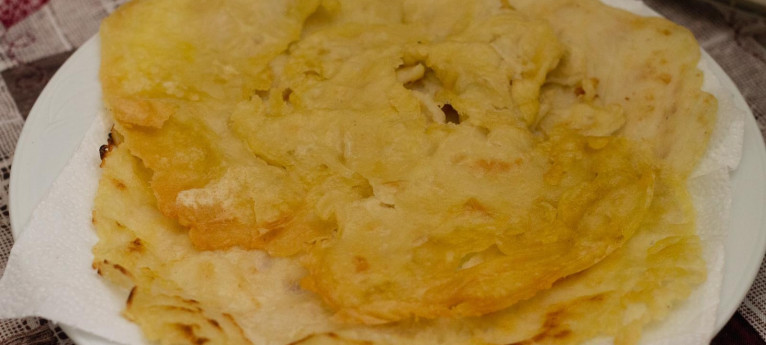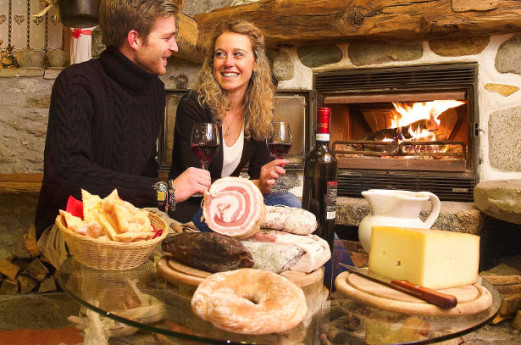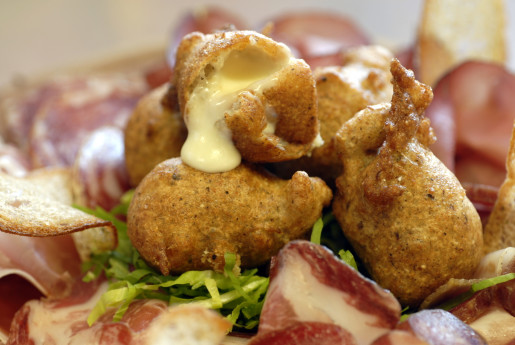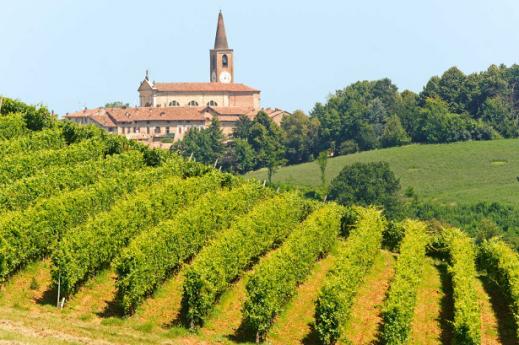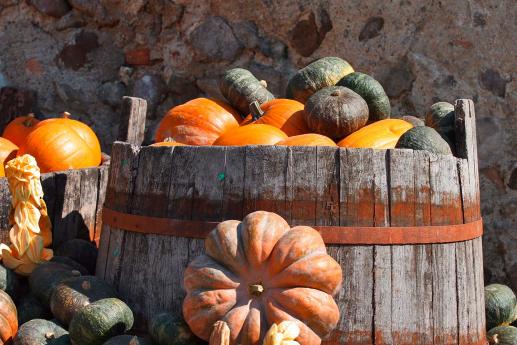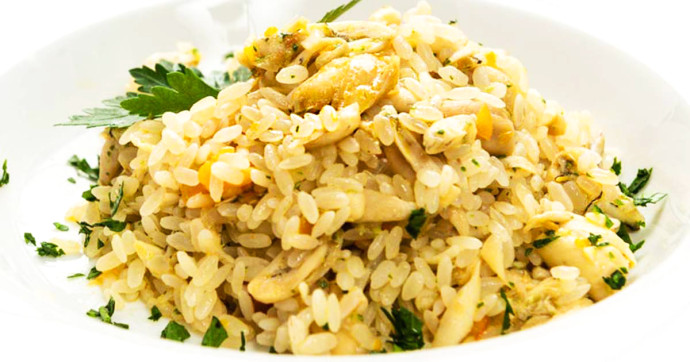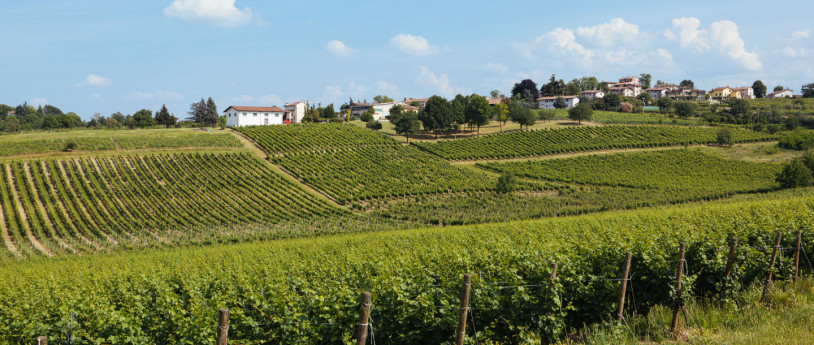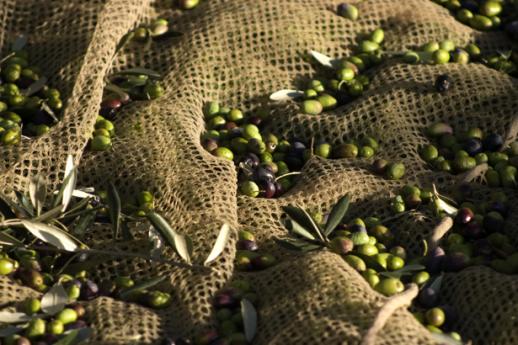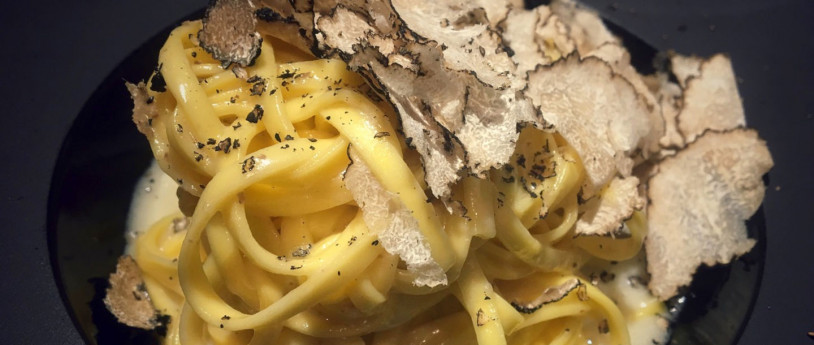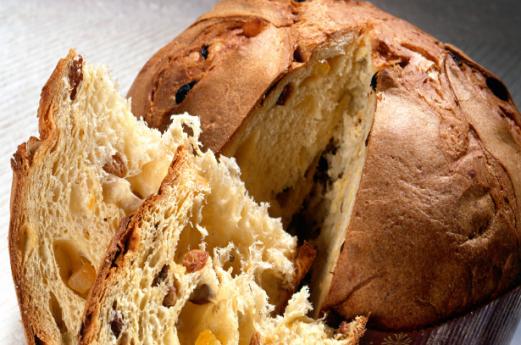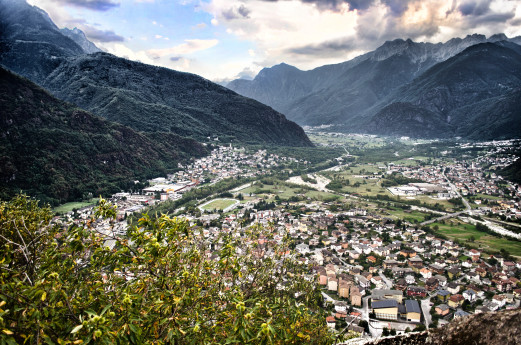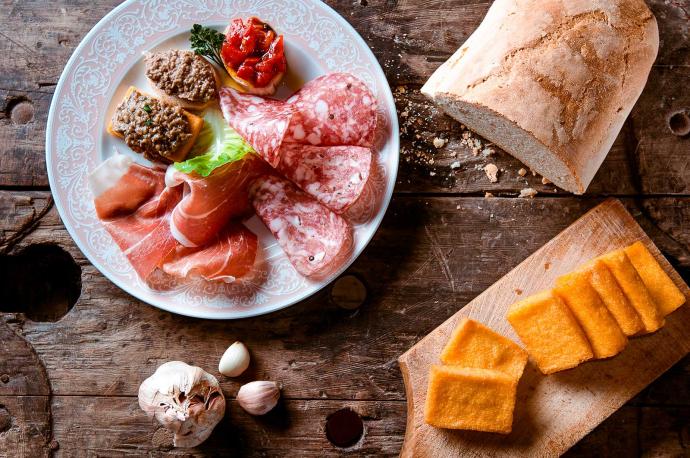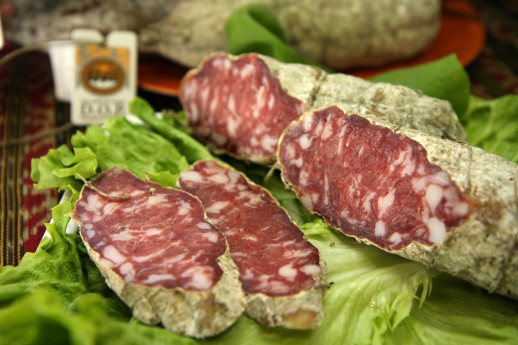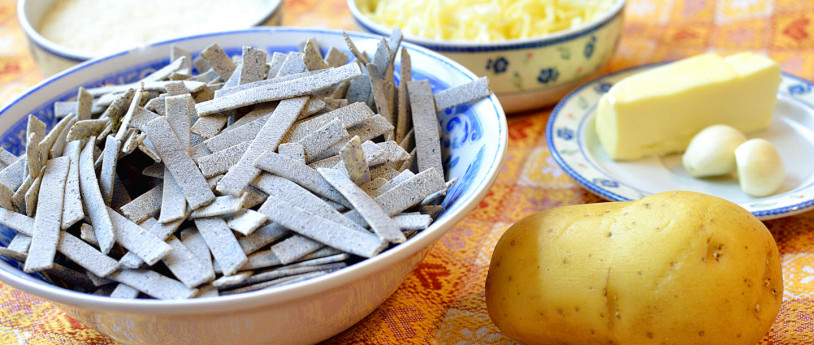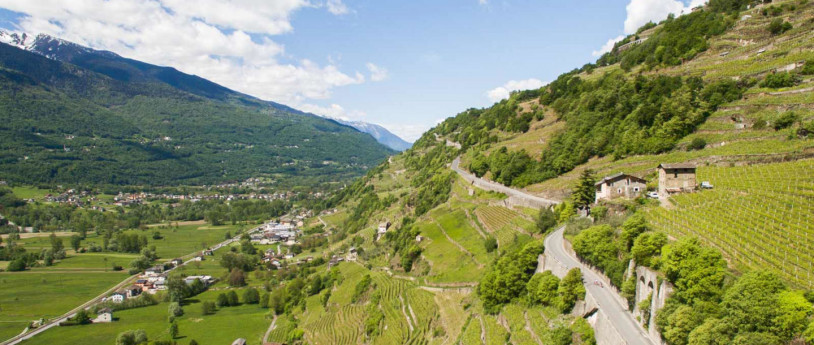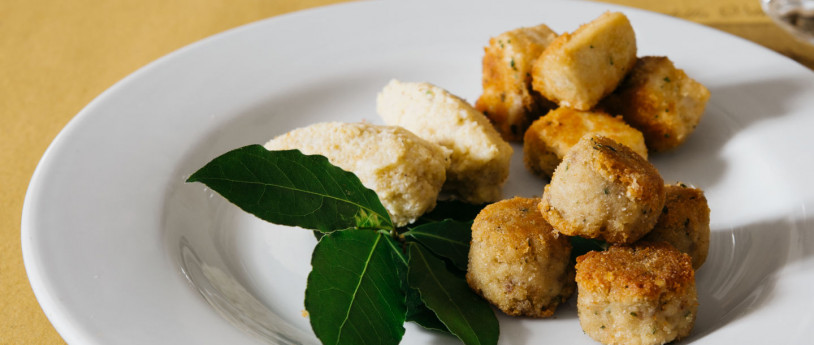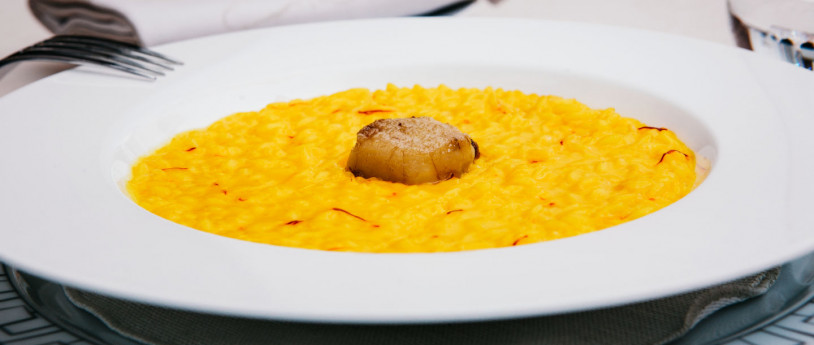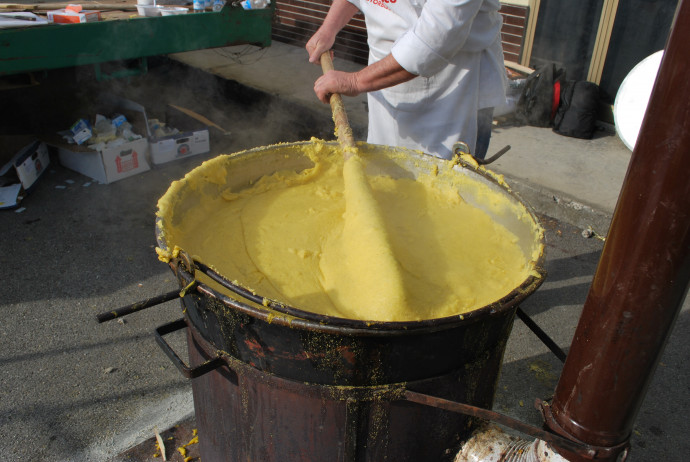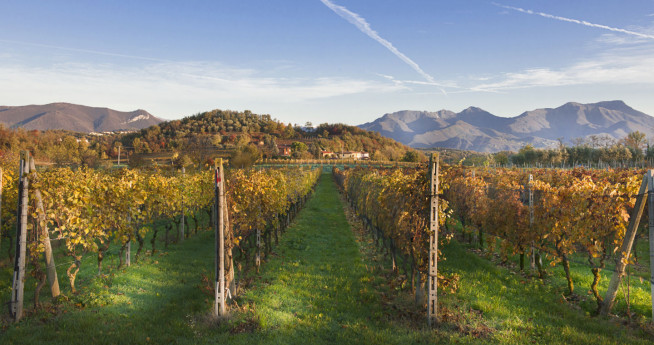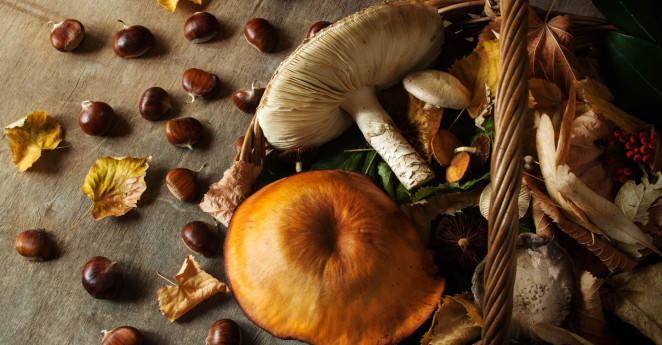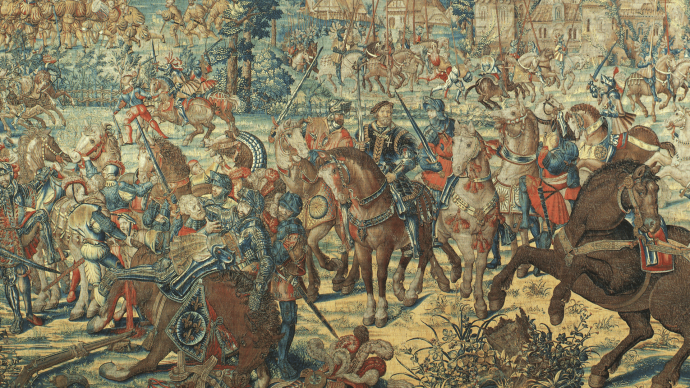- Food & Wine
Flavors on the lakes: Como and Varese
Land of water. Lombardy is often described as the region of lakes by the tourist guides, especially those designed for foreign visitors.
Yet many locals barely realise that they live in an area with one of the highest numbers of freshwater lakes in all of Europe. The area around Lake Varese and Lake Como is a land on undulating countryside, with snow-capped peaks dotted around in all directions.
Hiking enthusiasts will love routes such as the Sentiero del Viandante, on the eastern shore of Lake Como, and the Via dei Monti Lariani, which starts at Cernobbio and takes in a number of hamlets along Lake Como’s western shore and culminates at the Colma di Sormano, situated atop the steep Ghisallo hill, from whose terrace one can gaze out at Lake Como, where the sumptuous villas – including the fabulous Villa Balbianello – attract Hollywood directors.
Lovers of literature will want to follow in the tracks of the protagonists of “Promessi Sposi”, discovering the most romantic corners of Lecco thanks to the Itinerario Manzoniano.
Everything but the oink. Cassoeula is a local speciality made from the less glamorous parts of the pig (including the ears, trotters and snout) and cabbage, but there are countless variations on the theme. Varese citizens, for example, add little verzini sausages. Another local dish is bruscitt: beef minced with a knife and then sautéed with butter, lard, garlic, wild fennel and red wine before being served with polenta.
Bold missoltino. The lakes have always produced many freshwater fish, including the local agone, which – when dried and salted according to an age-old process – becomes missoltino. This is then served with polenta and red wine, to bring out its bold flavour. The perfect wine for this dish is a Domasino, made from Sangiovese, Merlot and Rosseio grapes, the latter of which is native to the region and is produced in very small quantities each year.
The local vines go back for many centuries, yet nearly died out due to a variety of reasons, including the rise in sericulture. Indeed, wine production only resumed a few years ago. Many of the vineyards are located on terraces cut into steep slopes, with the significant temperature variations giving the resultant wines elegance, freshness and depth of flavour.
